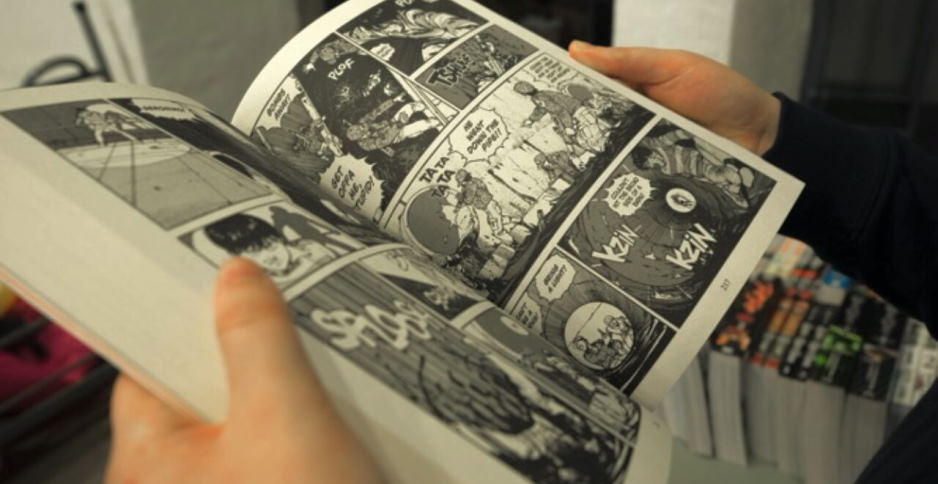Character design is an essential part of comic book storytelling and the visual style of a comic book. It allows readers to identify with characters, quickly understand their motivations and roles within the story, and visualize the world they inhabit.
Character design involves creating a visually appealing character that has distinct features that set them apart from other characters in the story. It also involves choosing the right color palette, clothing elements, and other visual aspects that help to make a character recognizable.
Creating a memorable comic book character requires more than just drawing an interesting-looking person. It also involves creating a backstory for the character, establishing their personality traits, and developing specific physical features that reflect their individual characteristics. For example, a bold and daring superhero may have sharp features, a strong jawline, and bright colors that draw attention. A villain or anti-hero, on the other hand, might be portrayed as more sinister with a menacing expression and muted tones.
Comic book artists must also consider how the character’s body moves when they are in action. Details such as clothing, facial expressions, and posture can all be used to make characters more dynamic and visually interesting. Furthermore, comic book artists must consider how their character’s costume will appear in different situations and environments. For example, a superhero flying through the air may need a flowing cape or other elements that move with them.

Tips for Drawing Comics
1. Plan your scenes: Before you start drawing, think about the story and characters of your comic and plan out the action for each panel. Consider how much space each scene will need, what is happening in the background, and how to transition between panels.
2. Draw on paper: Even using a digital medium like Photoshop, it’s best to sketch out ideas on paper first. This will help you quickly work through composition and panel layout without getting bogged down in details.
3. Focus on key actions: When drawing a comic, focus on the key action that needs to be communicated in each frame. Use body language, facial expressions, and detailed backgrounds to give context and depth to your characters and scenes.
4. Use clean lines: One of the hallmarks of a good comic is its clean, minimal lines that help create a consistent look across all the panels. To achieve this effect, use steady hands and avoid adding unnecessary details or extra lines to each frame.
5. Fill in the details: Once you’ve got your basic structure down, add shading, shadows, and other minor details to give each panel depth and personality. This can be done digitally or with traditional drawing materials like ink, watercolors or colored pencils.









